Wap Welcome to visit Love Fishing
The taste of bream among the commonly caught fish species is pretty good, but there are many small thorns. I recently caught it and steamed it. A plate of fish can be served for three days and can be used to make a disc every time. It may be because I haven’t eaten bream for almost half a year. Now, I can catch breams in almost all over the country.
Generally speaking, most of the breams caught in wild fish are lined breams and green breams, while black breams (rottoed breams and Wuchang fish) are quite rare. Perhaps there are not many black breams in the waters that Brother Qianla caught. But almost all breams have similar food properties, except that they vary in size. Today I will share my guide to fishing for bream in the middle of spring, in order to help you achieve good harvests and enjoy the taste of steamed wild bream.
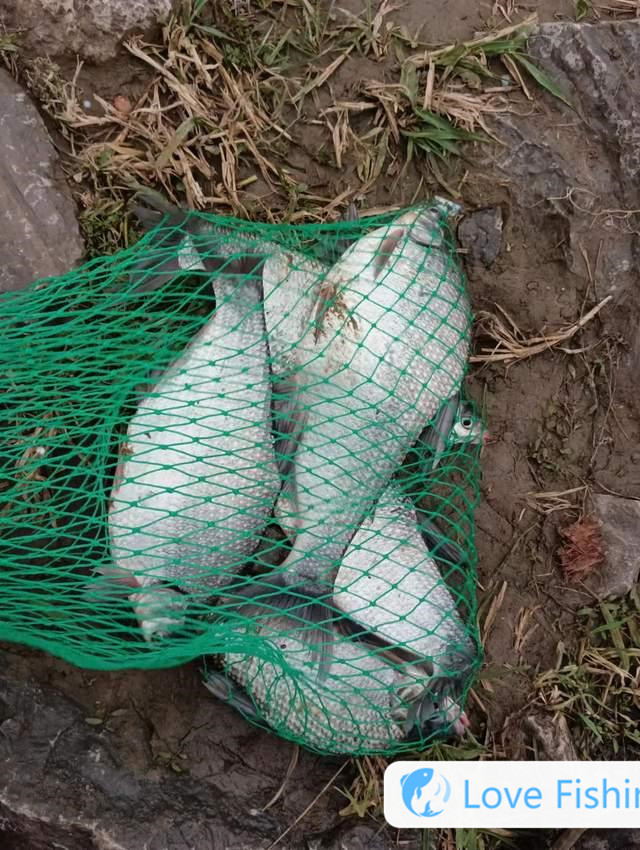
Better fishing in late spring
Equipment selection for fishing for bream in the mid-spring
Fishing rod; in principle, you need to fish for a water depth of 4-6 meters. If a 6.3 rod can reach it, then there is no problem, but in most cases you need to use 7.2. Of course, 9 meters doesn’t matter, especially if you fish near fishermen who are drawing silver carp and bighead carp, then you are recommended to use 9 meters.
Fishing line; in fact, you can catch bream even if you have 1.2+0.8. Even if you are big, you can't run. But it is recommended that you use 3+2, because when fishing bream in wild, you often get carp and grass carp. When the water is too deep, the rod and the thorn are hard and the thorn fish are easy to run. The strength of bream fish needs to be greater.
Fish hook; I personally like to use the No. 5 Iceni or the No. 7 Haexi because I don’t want to catch small breams. It depends on the size of your local fish. If you want to catch two or three taels of fish, then use the No. 3 Iceni or the No. 5 Haexi. In addition, other hooks of the same size can be used. There are not so many things to do when fishing for breams, as long as they are not too thick or too heavy.
Float; it is recommended that you use a travel float of more than 60CM, because the water layer of bream is not very fixed, sometimes you need to fish at the bottom, and sometimes there will be a cutoff. After the travel float plus the long line (three meters folded in half), there is still a travel distance of at least two meters after the lead is in place.
How to adjust the float; it is actually okay to fish for the bottom all the time, and there is no problem with fishing 10-30CM from the bottom, but I personally usually have a distance of at least 1.5 meters long sub-line double hooks with a span of 30-50CM, and then take bait to adjust one eye and then fish two eyes (this means one bait hits the bottom and the other bait leaves the bottom). If you are fishing for bait, you are worried that the bait will be of different sizes. In fact, just pay attention when adjusting the float. If it really doesn’t work, please bring the bait to adjust two eyes and fish for four eyes, so that the tolerance rate is slightly larger.
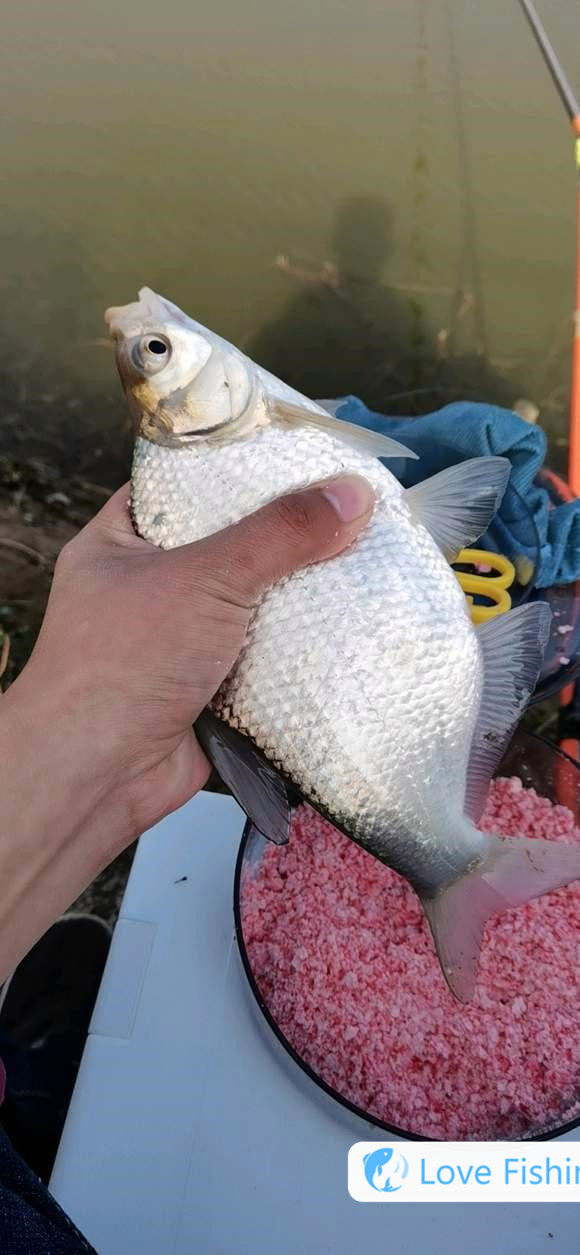
Fishing 4-6 meters deep
Bream fishing in the late spring
Bream is omnivorous, so you can eat almost everything. You can catch bream with all the baits you catch for other fish. Even if the pig livers you catch for turtles are smaller, it will still eat them. It is generally recommended that you use the third-class as bait or rub bait, or you can use 918 or blue crucian carp to open it alone, and there is no problem if you can get it in one pack. The recipe I have used recently is: 918 thick fishy version, all-round fishy, and one portion of Qianli (bad), then add 20% red tail green and about 10% silk brushing powder. The condition is very good. The water ratio is 1:0.9, and you can rub it to a depth of 6 meters.
The nest material is also quite casual. Basically, you can use whatever you have. Just look at what local fishermen often use to fish. You can use tender corn, rapeseed cake, peanut drying, bran cake, fermented old corn, wheat grains, etc. Among them, if the temperature is above 20 degrees Celsius, the tender corn will be particularly good. If it is below this temperature, use atomized nest material. The amount of nest depends on the size of the water surface and whether there are other fishing friends. It is generally recommended to eat 2-3 kilograms. Whether the nest is replenished depends on the situation. This is because late spring bream usually only has one wave of mouth, and the possibility of fish coming from the nest is not very high.
The frequency of nesting affects the fish layer. If you throw frequently, breams are likely to come from the bottom or even one or two meters above the water to forage. So if you don’t want to be too complicated, you can beat it at one time. At most, you can make up the nest once in the next hour and throw a spoon in a few minutes. You need to fish for lead and increase the trip. But if there are fishermen nearby to beat the frequency, you can only follow the beat the frequency, because after the fish layer is brought up, there will be not many breams at the bottom, unless you are downstream or have a heavy nest.
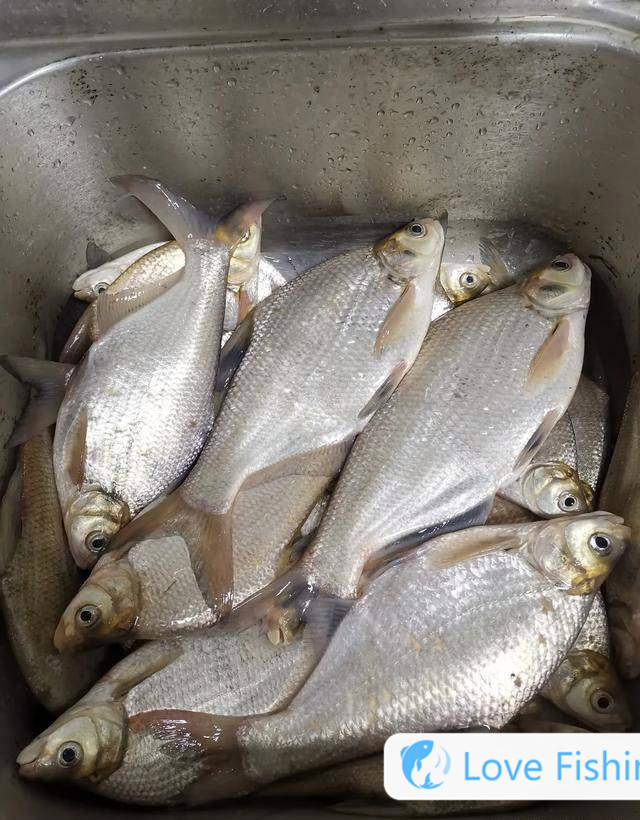
Tender corn is great!
Fishing spots for fishing in the wild in spring
The active range of breams is very large, so you can catch breams in most places, as long as the water depth is more than 4 meters. It is unlikely that breams will come during the day in too shallow areas, and you can catch at least 2.5 meters at night. Places with flowing water are preferred. Breams like to forage in places with flowing water, so it is basically difficult to catch more breams in places without water at all. However, if you catch a stuffy rod in a torrent, there are probably breams, but it is not easy to catch in places with flowing water. You can hang silk moss on the hook and drift fish.
In addition to the above requirements, breams can be caught in river T-shaped dams, reservoir dams, and relatively deep two ridges. The main reason is that the water depth must be sufficient and there must be a certain amount of running water. The flowing water can be ignored in the reservoir, but it is best to float in the river, and if you don’t walk at all, you don’t need to fish.
Generally, when you are in the water, hit the nest a little upstream of the rod, then throw it upstream (one meter upstream of the nest), and then wait for the water flow to drive the float to walk from the upper to the lower reaches two meters downstream to lift it up again. This process may take several minutes or only a few dozen seconds, but in the case of a mouth, you need to throw it frequently even if it only takes more than ten seconds. If you don’t have a mouth, you can let the rod pull the line group and guard it in one place for five or six minutes before throwing it.
After fishing for a few breams in a row, you need to make up the nest, but it is not recommended that you make up the original place. Generally, I will make up the nest a little bit behind the original nest. If the itinerary is large, there is no problem to make up the original nest. If you have a lot of fishing friends, then when you arrive at the fishing spot, you will only hit one-third of the nest, and then after someone catches the fish, they will hit them all.
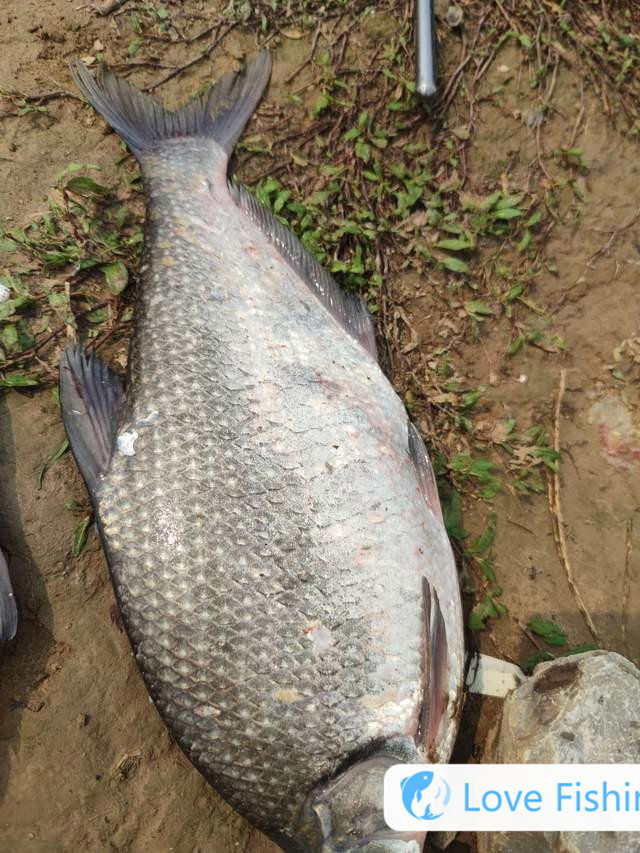
The bream opens his mouth and thrusts his nest
Things to note when fishing for bream in the late spring
The force of the prickfish is slightly stronger; the prickfish is easy to decouple, and the mouth is relatively hard, so there is no problem if you have a more powerful force when the prickfish is stronger. But be careful not to make loud noises, and there is no need for such a lot of strength. A soft pole is needed, but a hard pole is not needed.
It is very efficient to lift fish directly out of water; generally, don’t be afraid of it running when the bream is pulled to the shore. Just lift the line and out of water directly, because the action of using a scribble net takes time, and the frequency is more important than running less fish, and the window period is not long.
Fish when you have a mouth; when you have a mouth, increase the frequency and search back and forth, and when you have no mouth, guard it. When you have a mouth, you will be in a group. When the bream comes, it will run away after a long time.
Don’t cast a fixed point; it is not good to cast a fixed point in wild fish. They are more scattered below and may not necessarily be inside your nest, and the nest may move a little because of the water flow. So you need to try it both front, back, left and right. If you fish for corn, you can throw the rod and drag the rod to fish once in 30 seconds.
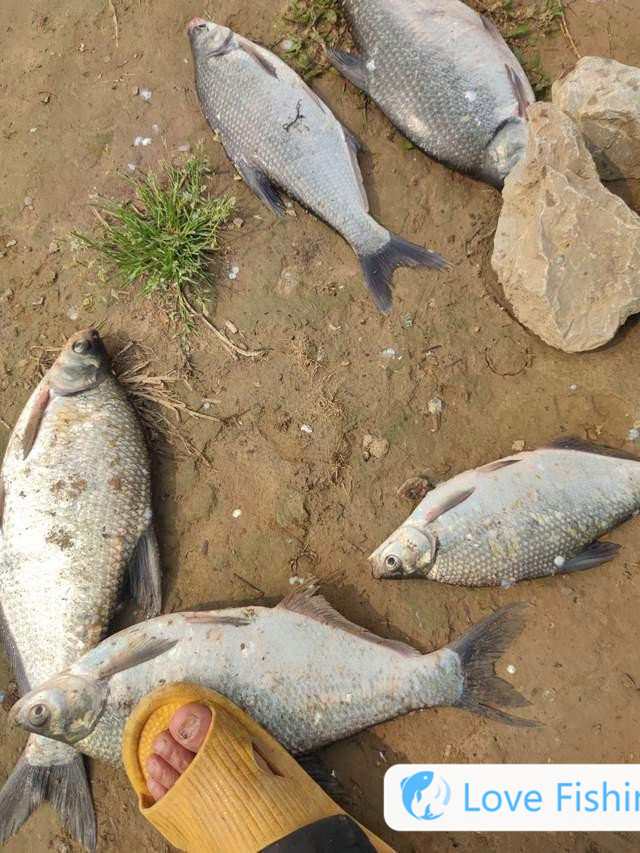
Don't throw in a fixed spot.
About us| Privacy Policy| Contact Us
Copyright © 2023-2030 Copyright@Love Fishing XML map